How to ‘Unsecure’ PDF in Just a Few Easy Steps

There are a few things you may do to secure your PDF document, depending on what level of security is necessary. One of the most common ways to secure a PDF is by making it password protected. Another option is to limit the document’s printing, editing, and copying privileges.
If you’re not familiar with PDF security, it’s important to understand the basics before we get started. PDF security uses two different types of passwords: the document open password and the permissions password.
Basically, when a PDF is secured by an open password, it means that only people who have the password will be able to open and view the document. This is a great way to protect sensitive information, but it can also be extremely inconvenient if you lose the password.
When you set a permissions password on a PDF, it means that people will be able to open the document but not do anything with it. For example, they won’t be able to print or copy any of its contents for use outside these applications – this isn’t true security by itself though since there are always ways around things if someone really wants them.
If a PDF is protected by both an open password and a permissions password, you can open the PDF with either password but only the permissions password will allow you to modify the permission settings.
Now that we’ve gone over the basics, let’s take a look at how to make a PDF unsecured – that is, remove any security that has been applied to it.
How to Unsecure a Permission-Restricted PDF?
If you have the password to a PDF that has been restricted with permissions, it is very easy to remove those restrictions.
In Adobe Acrobat DC, open the secured PDF and go to “Tools” > “Protect” > “Encrypt” > “Remove Security”. Fill in the permission password and hit OK twice to confirm.
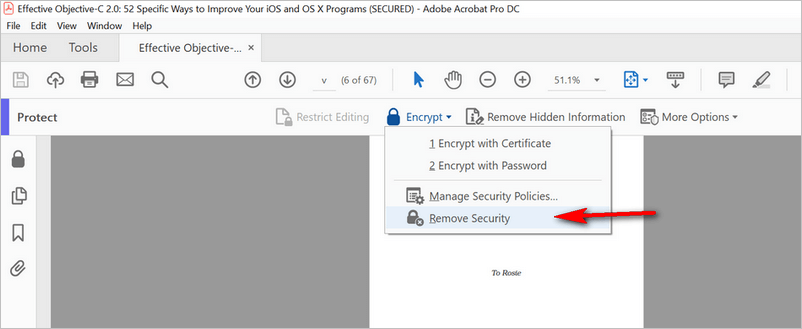
However, if you forget the password, you won’t be able to remove the security. In that case, you’ll need to use a PDF unlocker tool, that is Passper for PDF. It assists you in removing restrictions from a PDF without damaging the file at all.
The program only takes a few clicks to get the job done.
Step 1: Download and launch Passper for PDF on your Windows computer.
Free Download
Step 2: Click on “Remove Restrictions”.
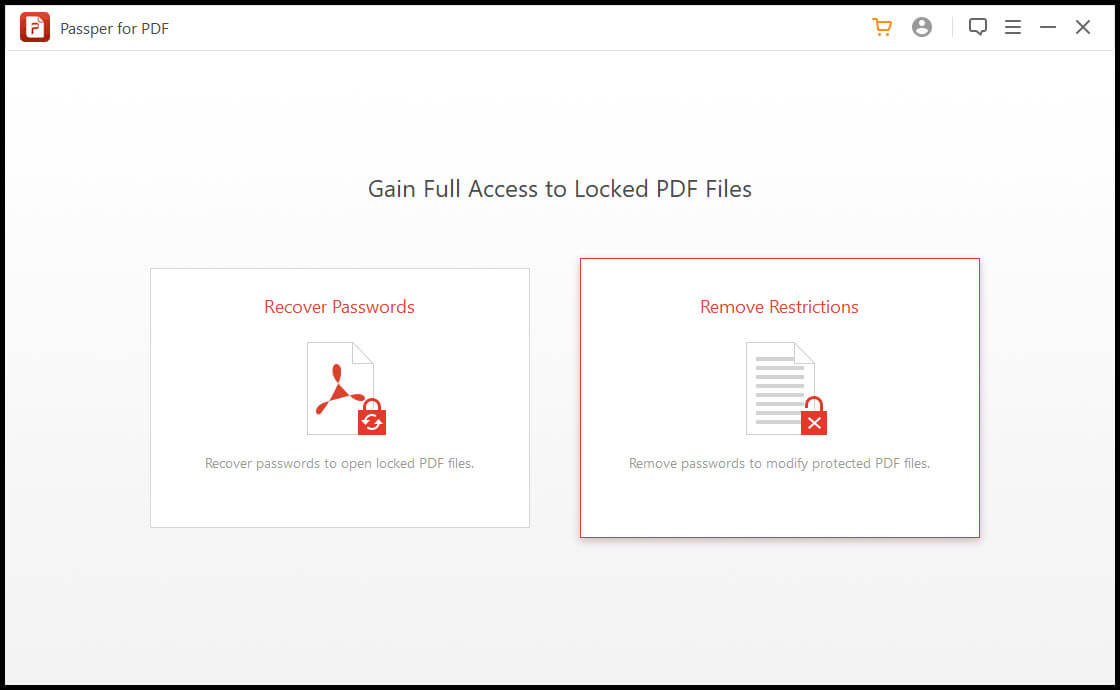
Step 3: Upload the secured PDF.
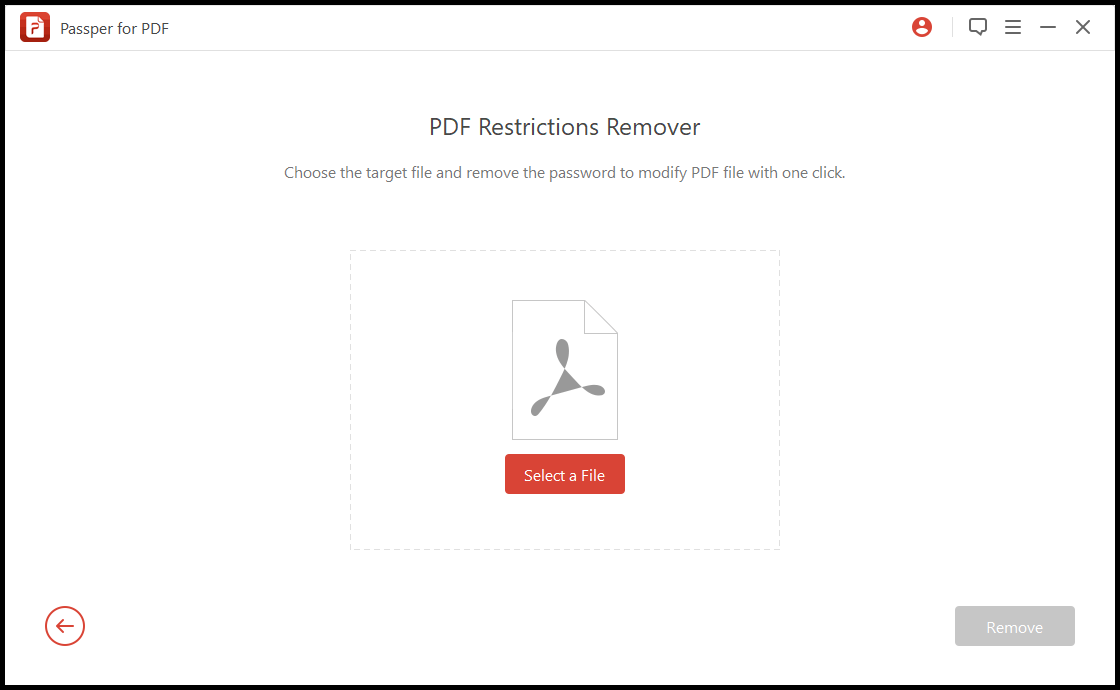
Step 4: Click on “Remove” to begin the process.
Once it’s finished, you’ll be able to open and edit your PDF without any restrictions.
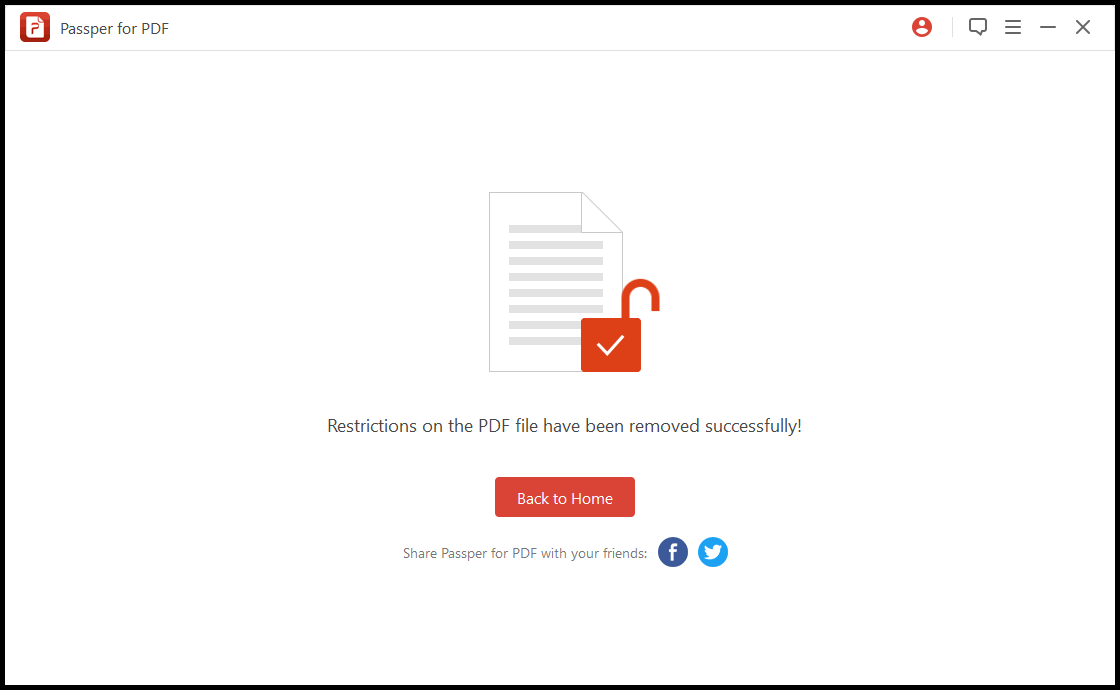
How to Unsecure a PDF Protected by Document Open Password?
Similar to the previous, if you have the password to a PDF that has been secured with a document open password, removing that security is also very easy.
Open the encrypted PDF in Adobe Acrobat DC and go to “Tools” > “Protect” > “Encrypt” > “Remove Security”, and then click OK to accept the changes.
Conversely, if you have forgotten the password, Passper for PDF can help as well. It can recover the password with 4 attack modes: Brute-force Attack, Mask Attack, Dictionary Attack, and Combination Attack.
Here are detailed steps.
Step 1: Click the button below and download, install, and run Passper for PDF on your computer.
Free Download
Step 2: Select “Remove Passwords”.
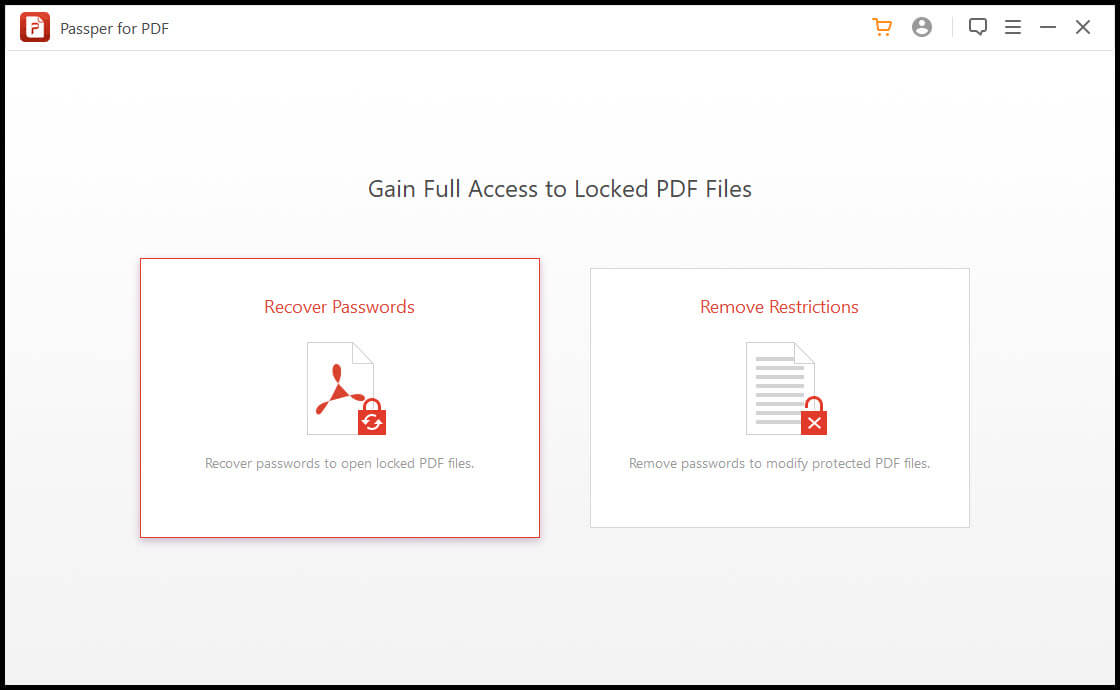
Step 3: Import the locked PDF file. Choose an attack type according to your need.
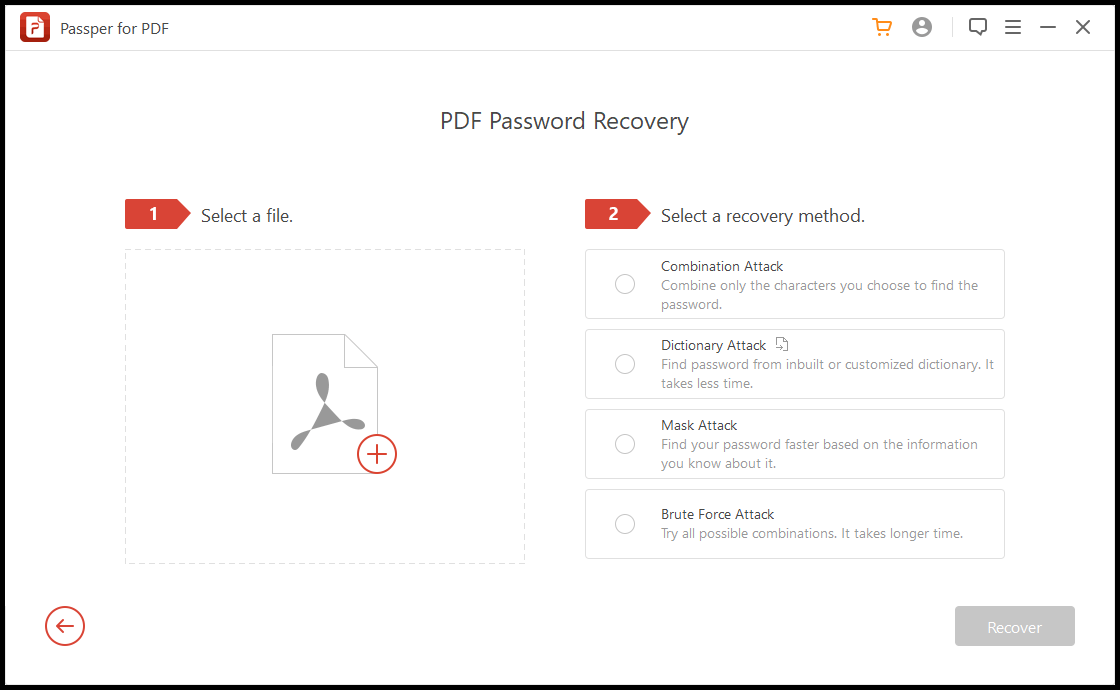
Step 4: When the program has completed recovering your PDF document, you’ll be able to view it without a password.
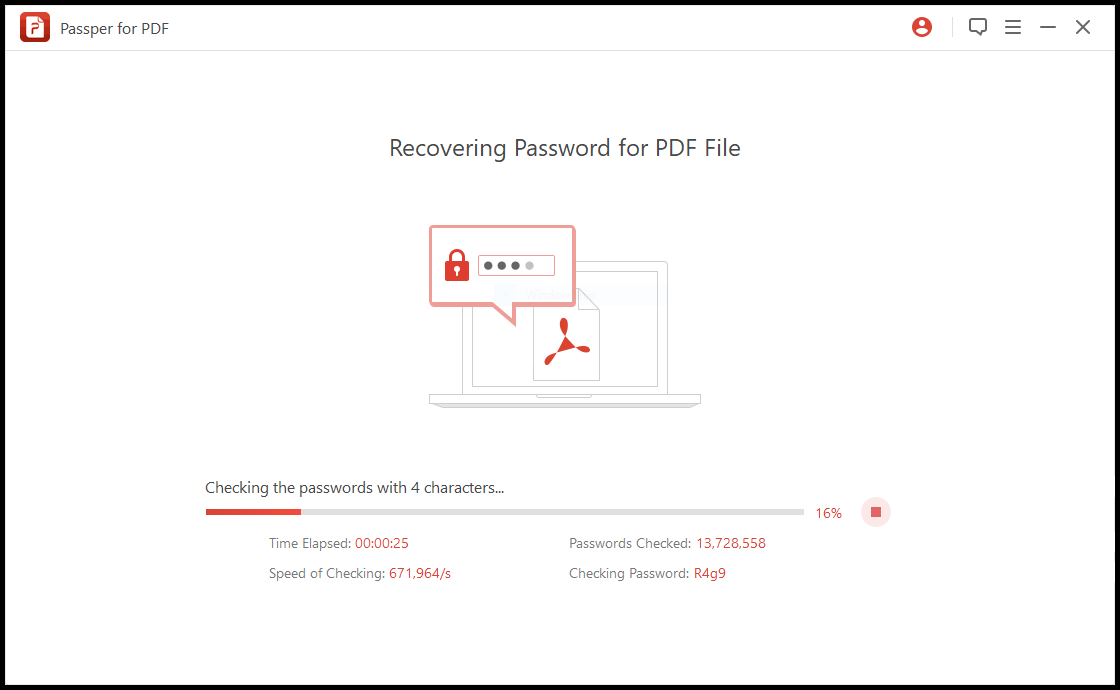
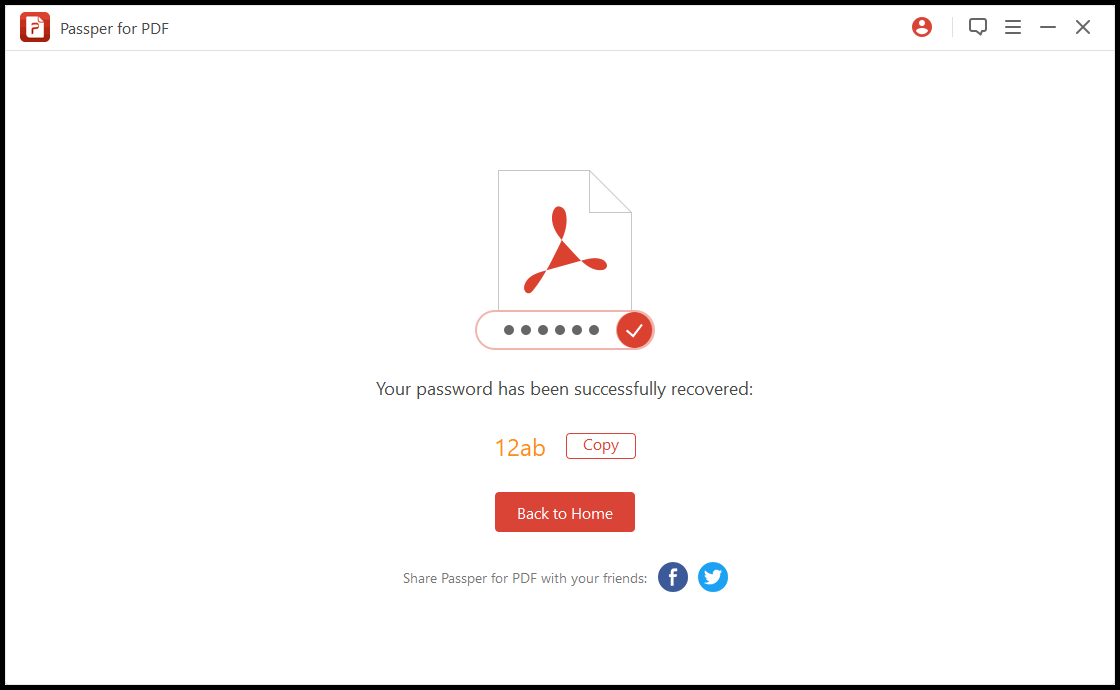
So here’s the conclusion.
To unsecure a PDF, you’ll need the password.
If you don’t have the password, then you can use a PDF unlocker tool like Passper for PDF to remove the password and restrictions. The success rate of unsecuring PDF permission is 100 percent, whilst that of an open password is largely contingent on the strength of your password. If you have a weak password, you can recover it in an instant. However, if the password is too strong, then you might fail.
It’s all there is to it. Good luck.



